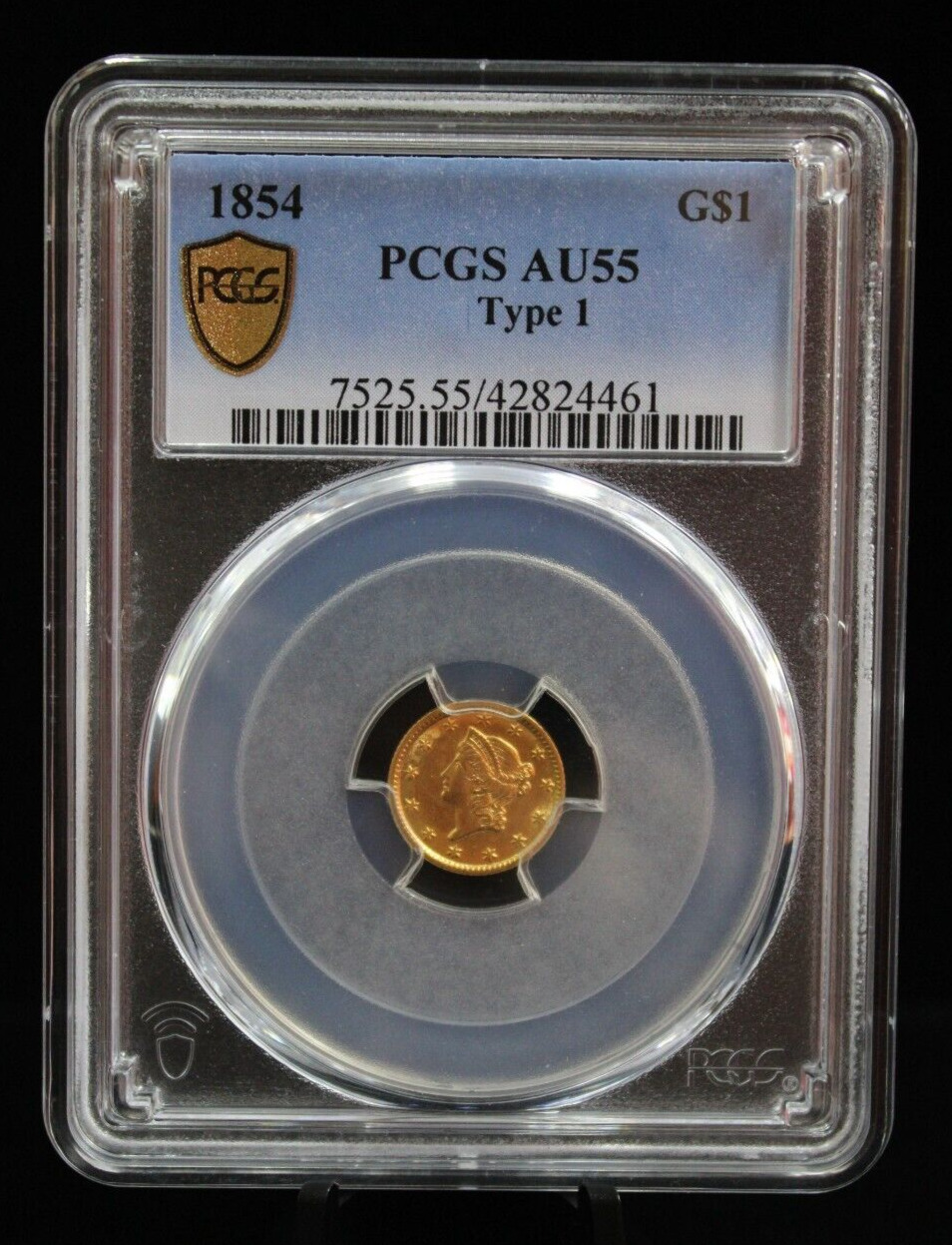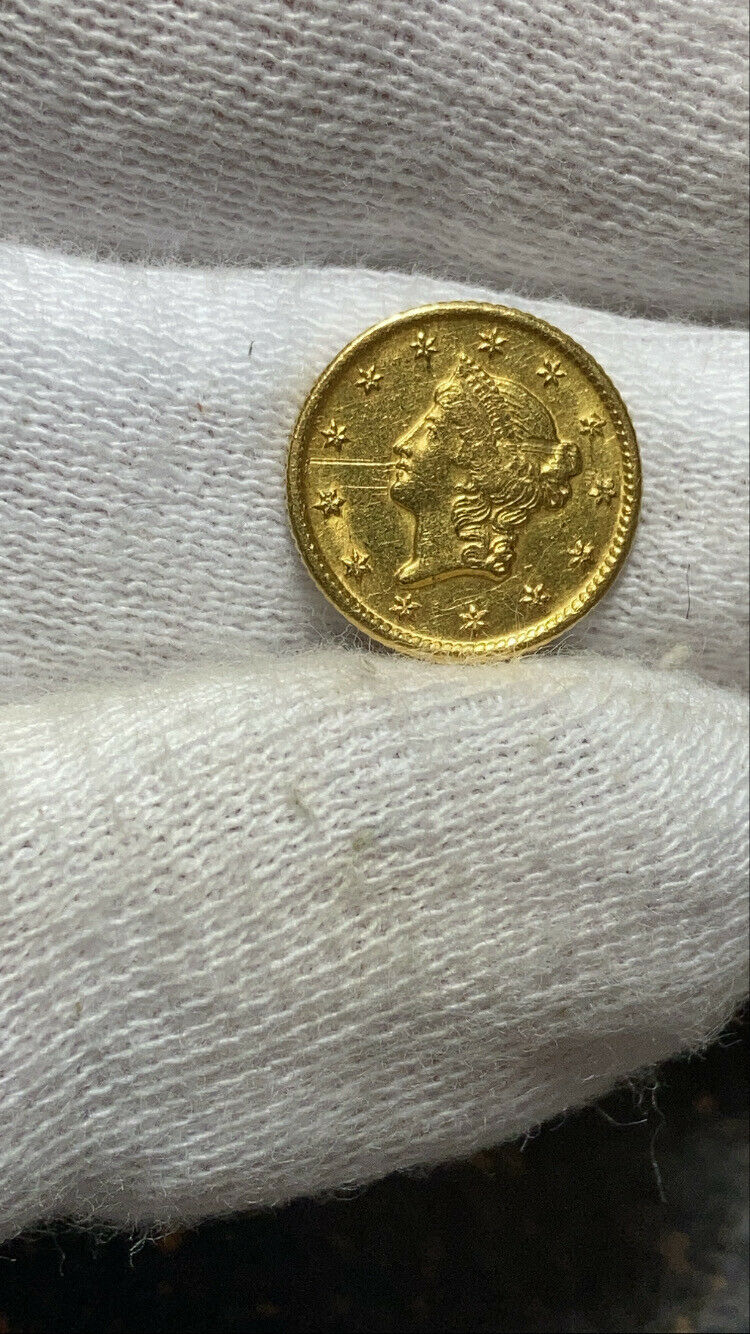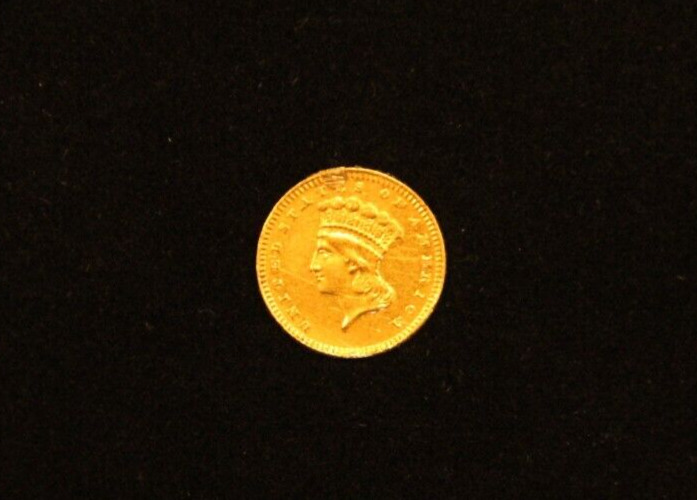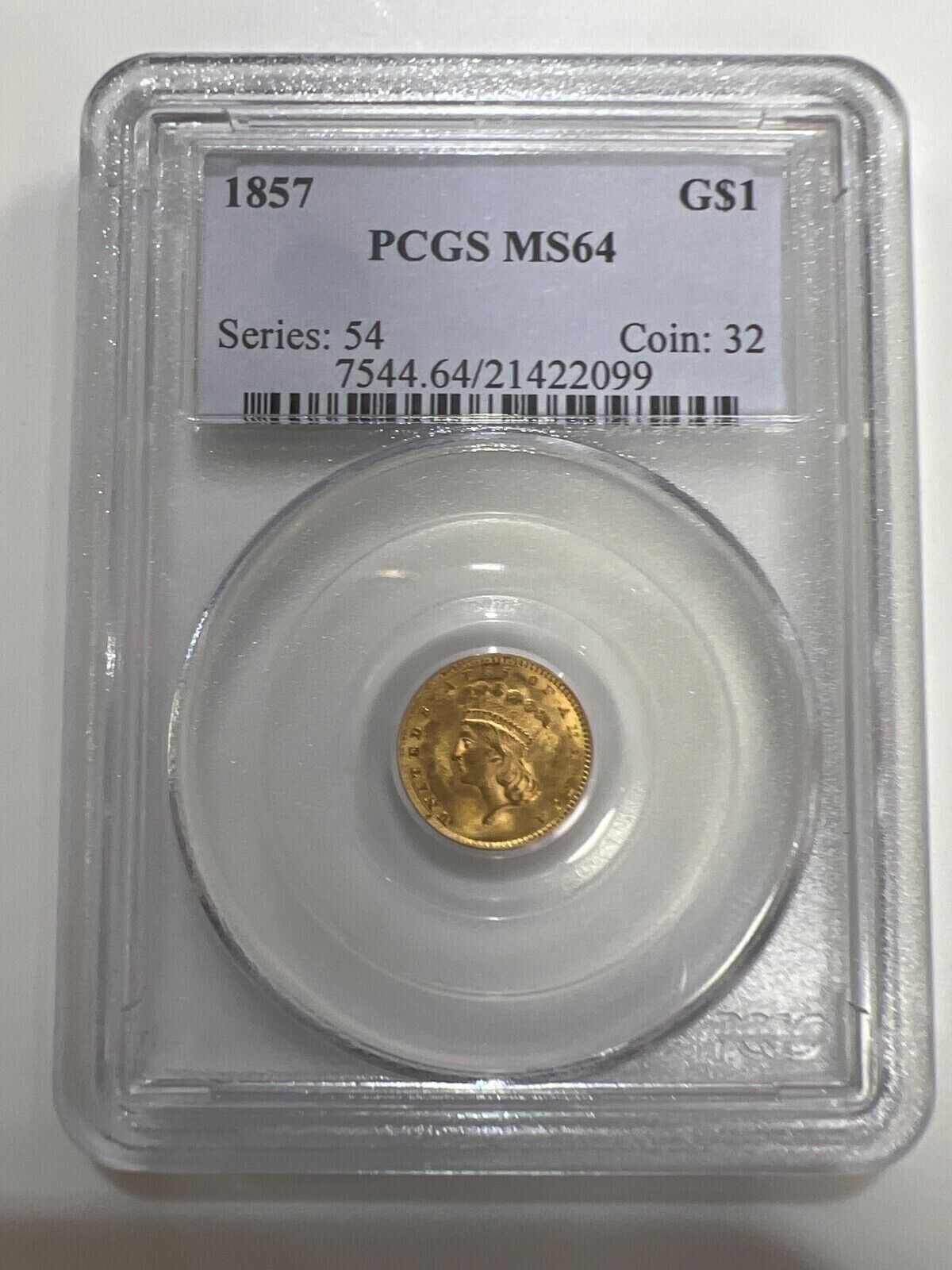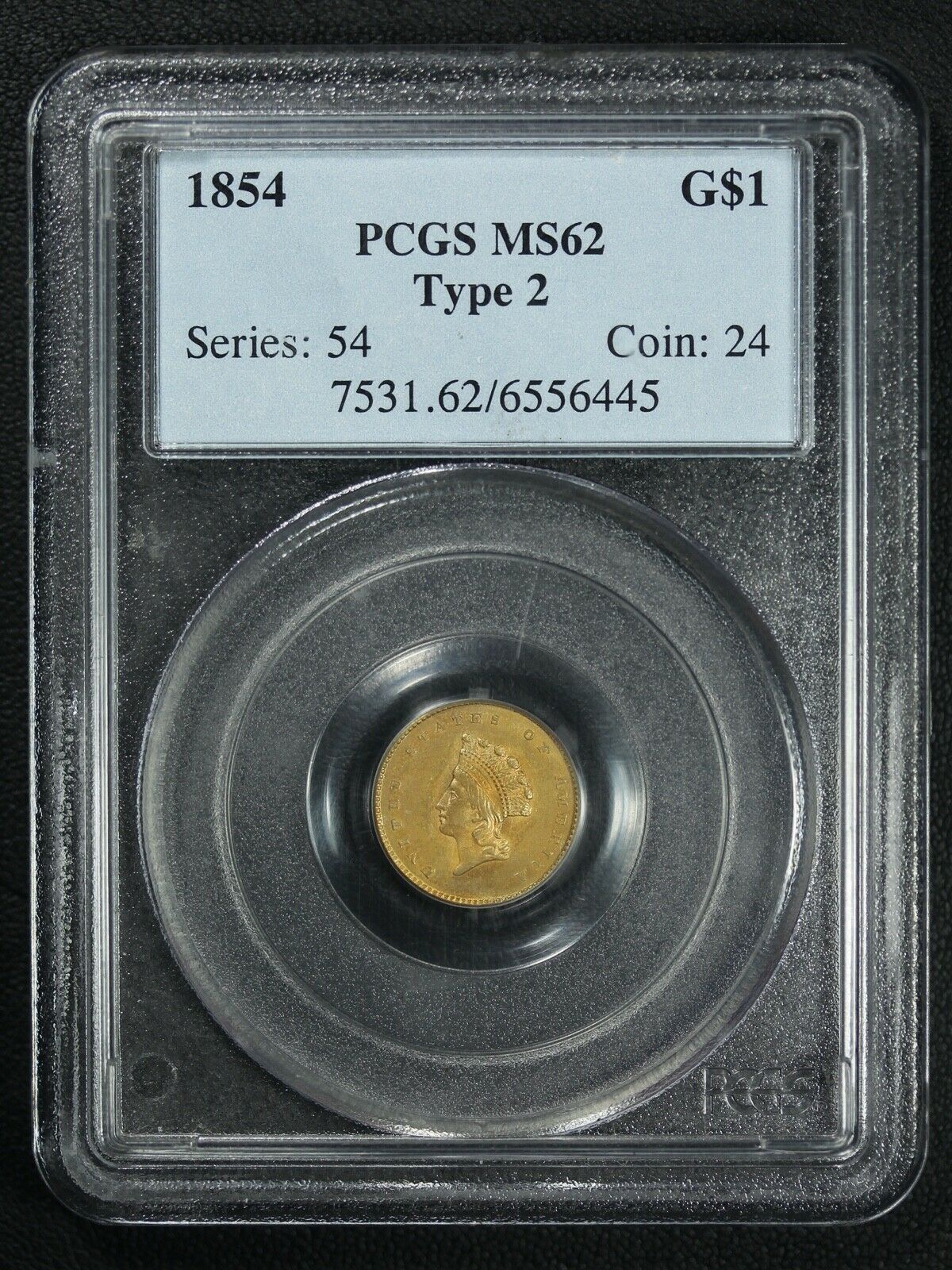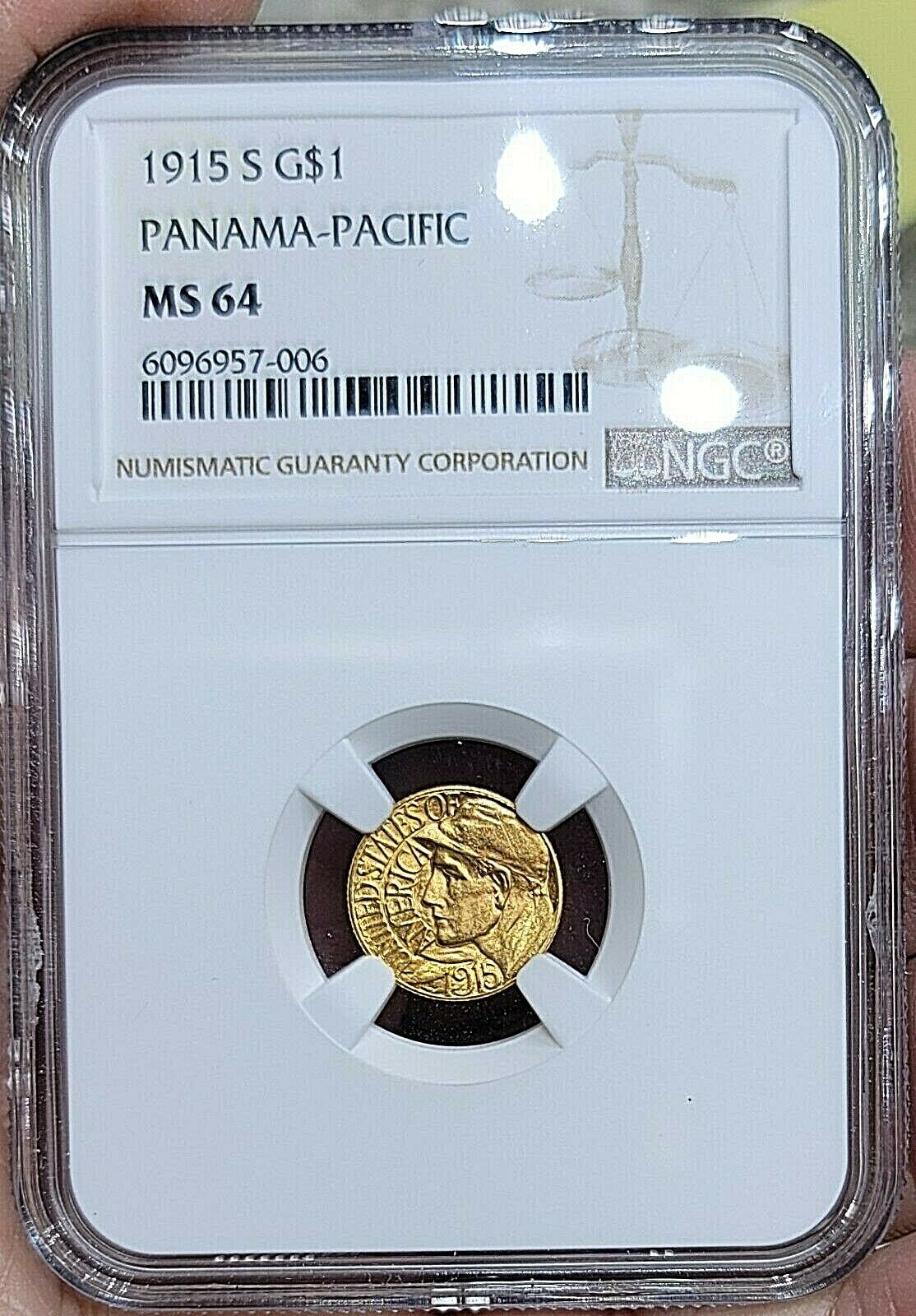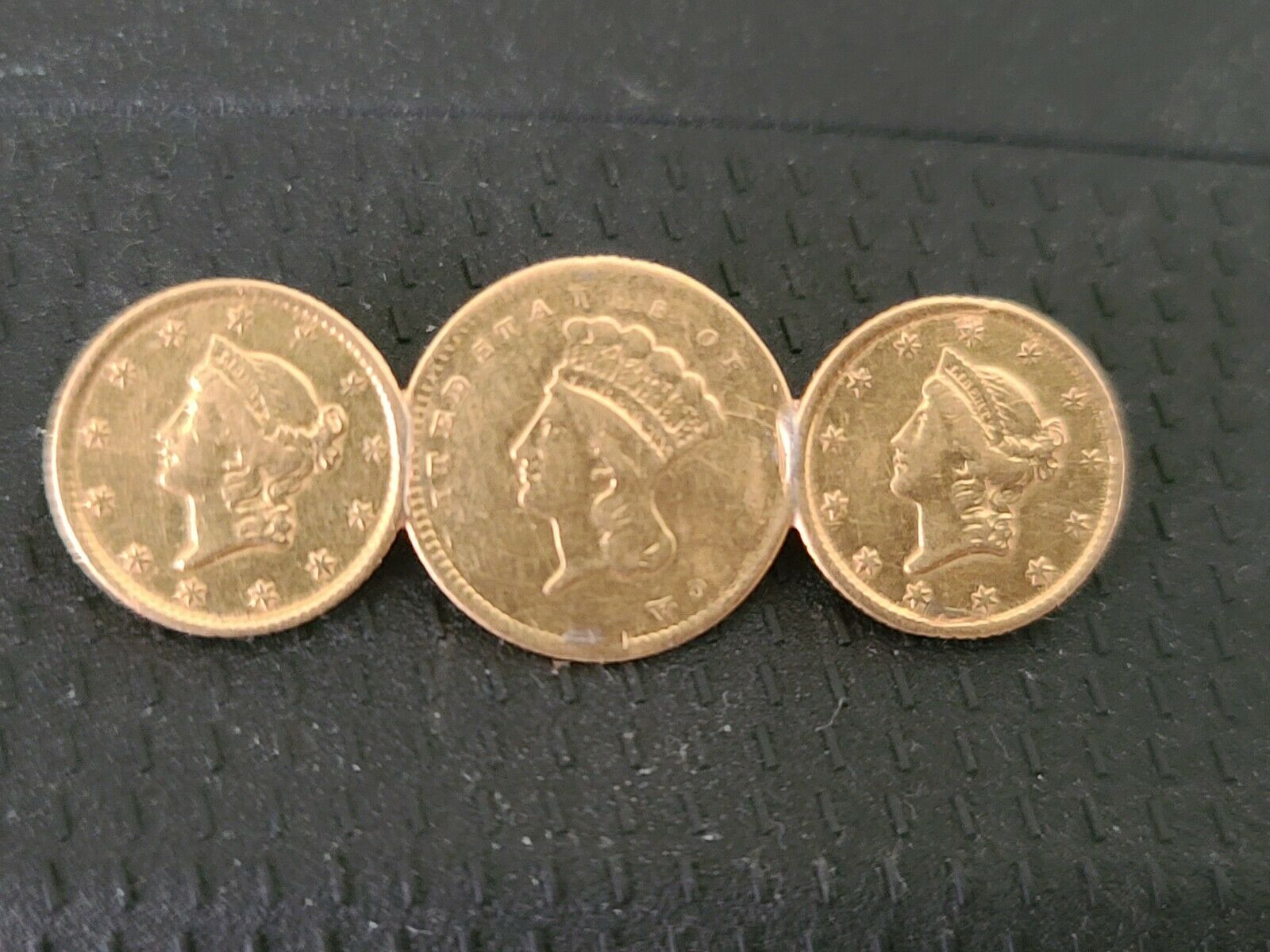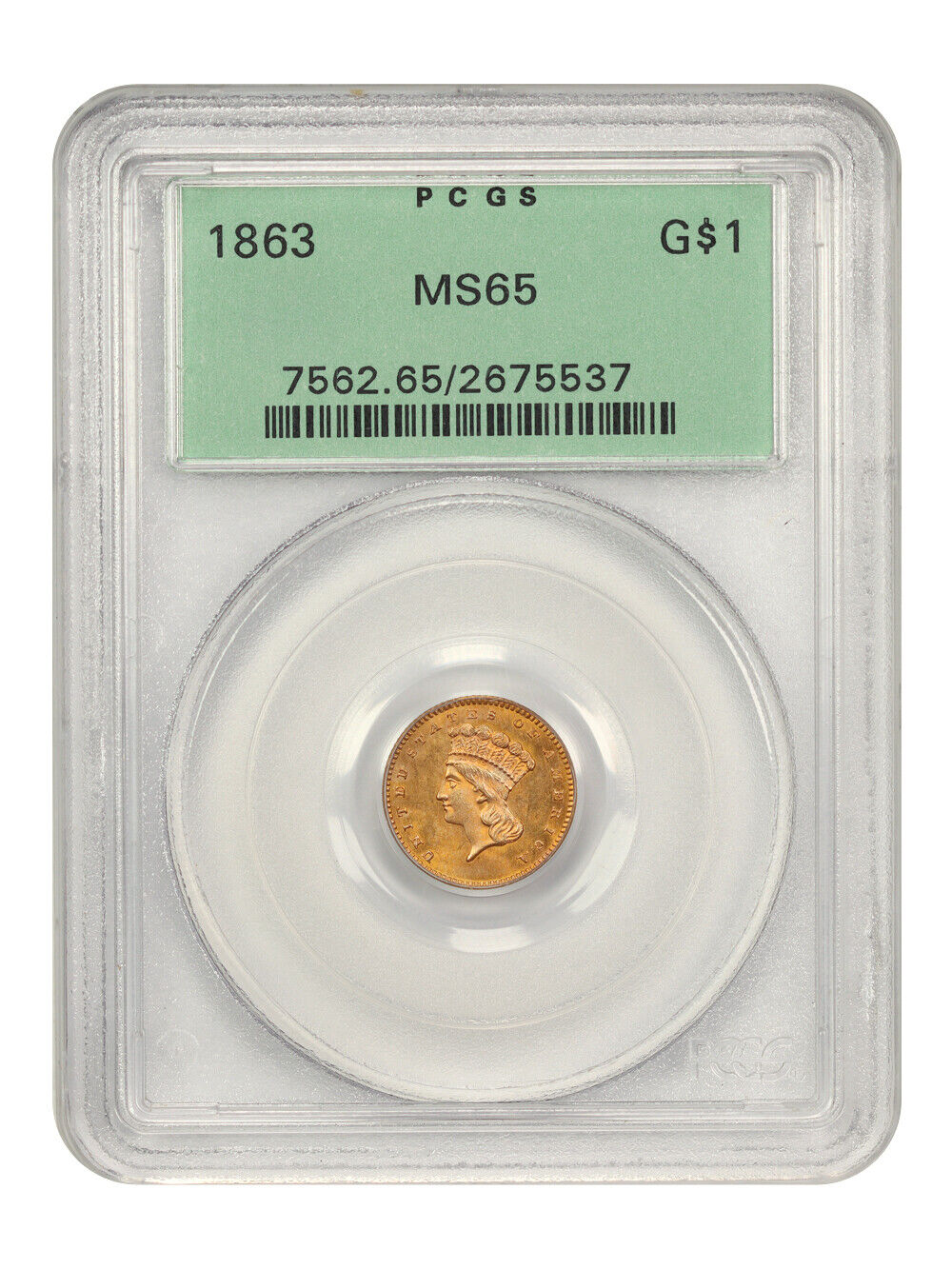-40%
1904 Lewis and Clark Gold Commemorative AU+ NR
$ 87
- Description
- Size Guide
Description
Lewis and Clark were the trailblazers of the 19th century, making it possible for others to push the limits of American expansion all the way to the west coast. Their explorations of the west from 1804 to 1806 were honored 100 years later with the issuing of gold dollar coins commemorating their discoveries. A bill passed on April 13th, 1904 called for the minting of a maximum of 250,000 gold dollars that would bear the likeness of the two explorers.U.S. Mint Chief Engraver Charles Barber was chosen to design the coin, and to this date, it remains the only two-headed coin the U.S. has ever struck. The obverse bears a portrait of Lewis, and the reverse Clark. Statutory legends surround the portraits on both sides: LEWIS-CLARK EXPOSITION PORTLAND ORE. on the obverse, and UNITED STATES OF AMERICA and ONE DOLLAR on the reverse. The date appears below Lewis’ portrait.
In September of 1904, 25,000 coins dated 1904 were struck at the Philadelphia Mint, which was odd considering the celebratory fair didn’t open until mid-1905. While noted numismatic entrepreneur Farran Zerbe enthusiastically promoted the coins, collector interest was pretty low overall. Few bothered or cared to even bother with the 1905 issue either, even though 35,000 had been struck. In the end, 15,003 of the 1904 and 25,000 of the 1905 issues were melted, leaving net mintages of just 9,997 and 10,000 respectively. Many were sold to non-collectors and were therefore not handled properly, making these coins very difficult to locate in mint state.


